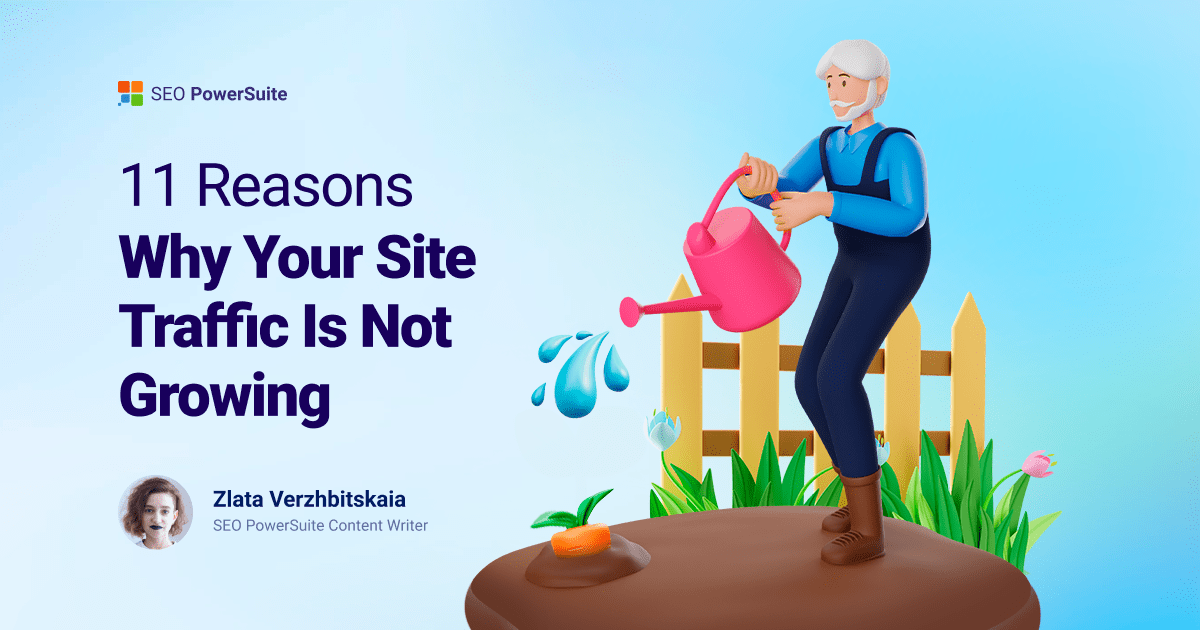Understanding Traffic Plateaus
A traffic plateau occurs when your website’s organic traffic growth slows or stops, despite ongoing content production and SEO efforts. This is a common challenge, especially for mature sites, and often signals that your existing content strategy needs reevaluation rather than just more content. Plateaus can stem from content decay, keyword saturation, technical SEO issues, or shifts in user intent.
Diagnosing the Cause
To effectively address a traffic plateau, start with a systematic diagnosis:
- Analyze Historical Content Cadence: Compare your content publishing history with traffic trends. Often, plateaus coincide with periods of reduced output or inconsistent publishing.
- Evaluate New and Existing URLs: Check if new content is gaining traction and whether older, high-performing pages are maintaining their rankings.
- Monitor Engagement Metrics: Look at bounce rate, time on page, and conversion rates to identify underperforming content.
- Conduct a Comprehensive SEO Audit: Assess technical SEO, on-page elements, internal linking, and keyword targeting to uncover hidden issues.
The Role of Content Audits
A content audit is a structured review of your website’s content to evaluate quality, relevance, and performance. Key steps include:
- Set Clear Goals: Define what you want to achieve (e.g., reclaim rankings, improve conversions, identify content to update or remove).
- Collect Data: Use tools like Google Analytics, Search Console, Semrush, or Ahrefs to gather metrics on traffic, rankings, and engagement.
- Categorize Content: Apply frameworks like “Keep/Kill/Combine” to decide which pages to update, merge, or remove.
- Identify Gaps: Look for cannibalization, outdated information, thin content, or missed keyword opportunities.
- Create an Action Plan: Prioritize updates based on potential impact and resource availability.
SEO Refresh Strategies
Once you’ve identified underperforming or outdated content, implement SEO refreshes to reignite growth:
- Update and Enhance: Revise statistics, facts, and examples; add new sections, visuals, or case studies; ensure content aligns with current best practices and user intent.
- Optimize On-Page SEO: Revisit meta tags, headings, internal links, and keyword usage to improve relevance and crawlability.
- Republish and Promote: Update the publish date and promote refreshed content through your channels to signal freshness to search engines and attract new visitors.
- Content Pruning: Strategically remove or consolidate low-value pages to improve overall site quality and focus crawl budget on high-performing content.
- Establish a Sustainable Cadence: Maintain a consistent schedule for both new content and regular refreshes of existing assets.
Measuring Impact
After implementing changes, track performance metrics to gauge effectiveness. Look for improvements in organic traffic, rankings, engagement, and conversions. Adjust your strategy based on what the data reveals, and repeat the audit-refresh cycle periodically to sustain growth.
Key Takeaways
- Traffic plateaus are often a sign to audit and refresh, not just produce more content.
- Regular content audits help identify what to update, merge, or remove.
- SEO refreshes—updating, optimizing, and republishing—can restore rankings and drive new traffic.
- A sustainable content cadence, combining new and refreshed content, is critical for long-term growth.
By systematically diagnosing plateaus, conducting thorough content audits, and executing targeted SEO refreshes, you can break through traffic stagnation and set a foundation for sustained organic growth.





